This part of the year, Malnad region is busy in bealtenut/arecanut harvesting and people are busy working on it.
I had been to my home town recently and my parents were busy ( including me !) engaging in beatlenut processing. Came up with the idea of documenting the whole process in my own words :).
We make red colored beatlenut and this post only talks about one single way of processing. There are other different ways of processing and it changes from one area to the other.
Lot of manpower and effort is involved in this kind of processing. Its done mainly in Thirthahalli, Sringeri, Shimoga area of Malnad and its the most expensive one compared to other forms of beatlenut processed in areas like Sagar, South canara etc where its processed in many different ways.
My family has been doing beatlebut forming for few generations now and it was the main source of income, until me and my brother started earning few years back !
The whole processing ( the way we do ) takes lot of hardwork and effort. Will try to describe in brief all the steps involved in it.
The main harvesting season starts in October and it will go on till Jan end or early Feb every year. The steps involved in the processing are:
- Plucking the arecanut bunches from the trees.
- Removing the husk ( outer shell ) and cutting the arecanut in 2 pieces.
- Cooking the arecanut in a red colored solution.
- Drying the cooked beatlenuts in the sun for 5-6 days !
- Once dried, separating different varieties from it.
First thing involved is taking the beatlenut from the trees. These trees grow upto a height of 80 ft and one tree will have 2 to 4 bunch of beatlenut, and these can not be taken at once.. as all the bunches do not ripe at the same time. So what we do is.. we will have the first round of plucking in Oct, once its done will give a gap of 20-25 days and start over again !
For this work, usually 4 persons are required, One guy who will climb the tree and take the bunches off, one guy who catches these on the ground!!!, one guy who will transport all these to the nearest motorable place in the farm and one women who will pick n collect the scattered arecanut seeds on the ground. First 2 work can be done only by skilled people and other 2 can be done by any one.
Below are some of the images from this initial work.





Now a group photo of the workers ! They are regulars in our home and come for work whenever we need.

Next step is to remove the outer shell from the core. For this work, house wives, children's come to our home in the evening.

Even people who go for work in the day time will come in the evening after 7 and they will remove the shell using a special knife will 10 or 11 in the night. Once done for evening, we will measure how much beatlenut they have removed and keep an account of it and pay them the money at the end of harvesting.
For this work many children's will come after the school, because they will earn their pocket

money :) . More over this work doesn't require hard labor, its mostly like you sit on the knife table, chit chat with your friends while removing the husk :)

Once the outer husk is removed, the third step is cook this waw beatlenut in water and a red color solution. It has to be cooked for 2 to 3 hours in the solution. I don't know the exact ingredients of the red solution as we dont prepare it every year, its re-used again and again over the years ( even my dad is not sure when was that solution prepared ). :)

We start cooking it in a big metal drum at 6 in the morning and by 8:45 or 9 AM its cooked and by that time sun would have also come up.
Then we strain it from the drum and dry it in the
sun, spreading the beatlenut evenly on a mesh made out of bamboo !.
This has to be dried for atleast 5 to 6 days depending on how sunny /cloudy the days were.

Once all this is done, the final step is to separate the different variety from the lot. In our way of processing we get mainly 3 types and we call it Bette, Hasa and Idi ( Hard one, softone and single peice ). Once separated, these varieties are packed and sent to beatlebut mandies ( in shimoga and thirthalli ) and sold there.

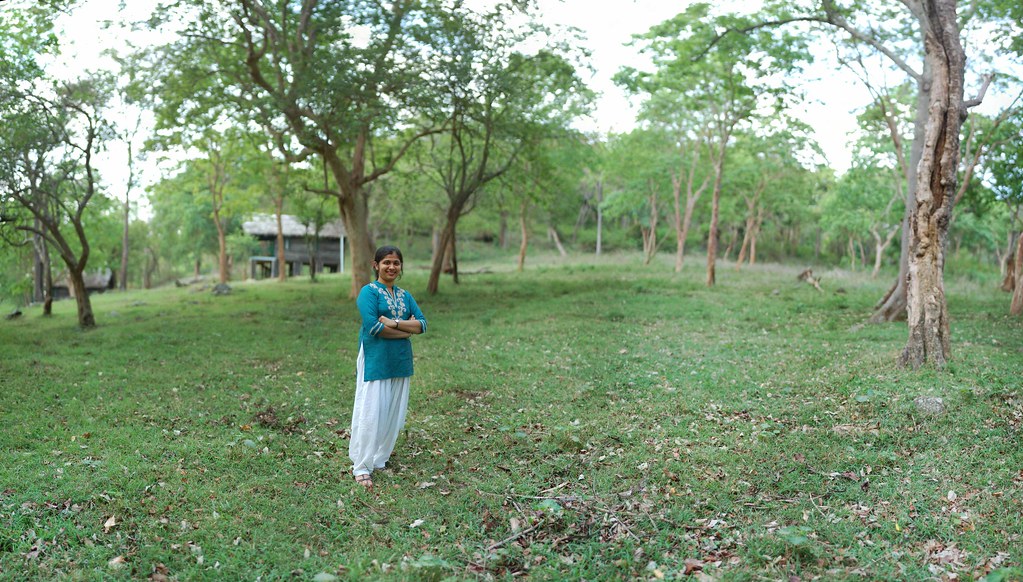
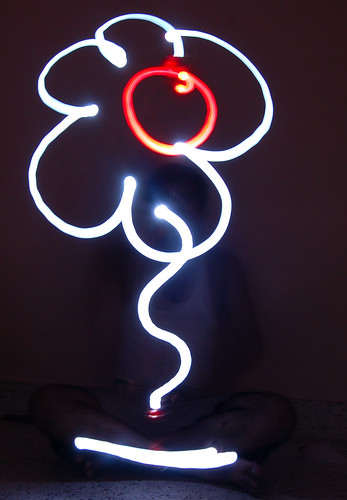
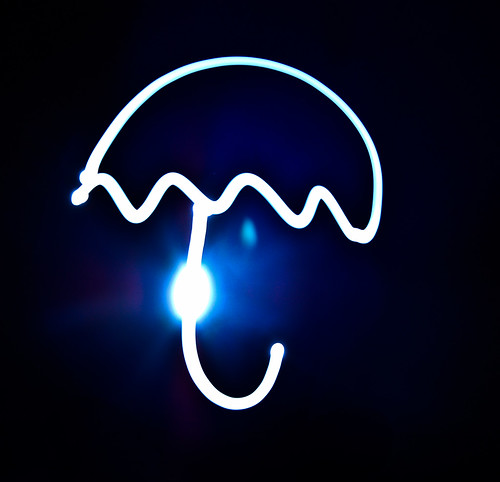
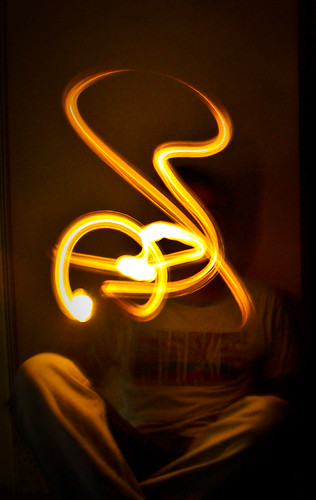







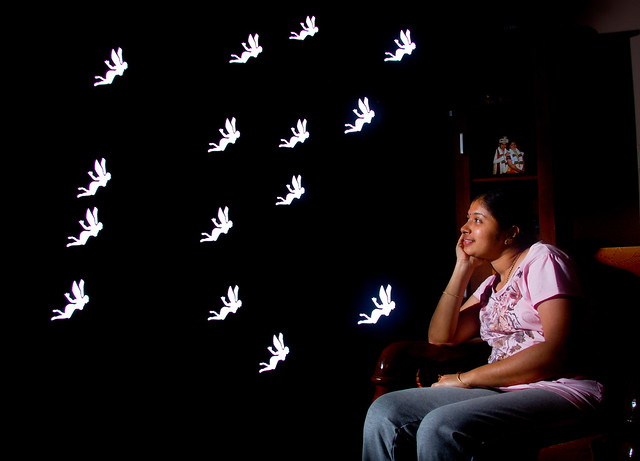













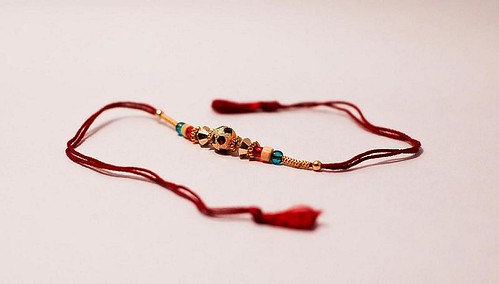
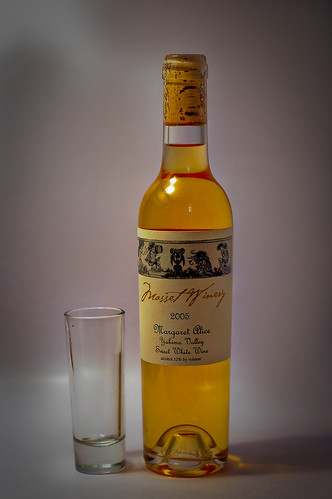
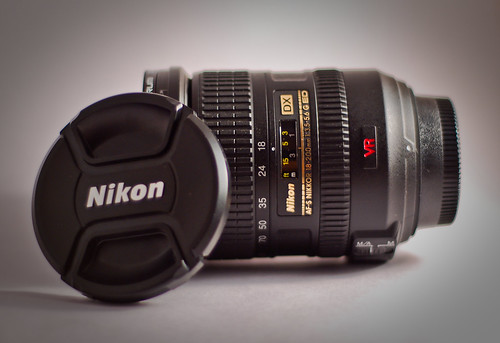










![Reblog this post [with Zemanta]](http://img.zemanta.com/reblog_e.png?x-id=2c474e4b-2477-482c-8bcc-4d292808edc3)






